Portsmouth community scholarships, Spaulding blood drive: Seacoast education news
Portsmouth Community Scholarships open to all qualified city residents
PORTSMOUTH – Scholarship application season is now underway, with a deadline of March 11, at 3:30 p.m. for all applications to be submitted.
The Trustees of the Trust Funds who administer the funding for many scholarships take this opportunity to remind residents that while many of the scholarships are awarded only to graduating Portsmouth High School seniors, some — including the five Portsmouth Community Scholarships are open to any Portsmouth resident who is a graduating senior. Eligible Portsmouth students attending private schools such as Berwick Academy, St. Thomas Aquinas, Philips Exeter Academy and homeschool programs are eligible to apply, as well as Portsmouth residents attending Portsmouth High School.
Scholarships are awarded based on specific criteria. The Portsmouth Community Scholarships include:
Study in the fields of Science, Technology, Engineering and Mathematics (STEM)
Study in the Arts
Study in Career Technology (Trades)
Study in Higher Education generally
In recognition of athletic accomplishment
All applicants should review the criteria in the 2022 Scholarship Booklet www.phsguidance.org/uploads/1/3/7/5/13755232/2022_scholarship_book.pdf and follow the instructions for the online application process outlined here: www.phsguidance.org/financial-aid-and-scholarships.html.
In December 2019, the Portsmouth City Council approved the recommendations of the Trustees of the Trust Funds to consolidate several underfunded accounts into five, newly-created Portsmouth Community Scholarship Funds that combined accounts with fund balances too small to generate enough investment interest to make annual awards. The creation of the new scholarship funds made more income available to award the scholarships each year.
Those who would like to make a donation to any of the five Community Scholarship Funds may do so using the secure payment portal on the City website. Click on the “Make a Donation” button in the middle of the CityofPortsmouth.com homepage, or go directly to www.cityofportsmouth.com/city/trustees-trust-funds-scholarships and select the scholarship fund you wish to support. Donations may be made on the site by electronic check (no fee) or by credit card (the 2.9% fee goes to the service provider and is not retained by the City). Check donations may also be mailed to Portsmouth Community Scholarships c/o Trustees of the Trust Funds, City Hall, One Junkins Ave., Portsmouth, NH 03801. Donors receive a letter confirming tax deductibility for the amount of their donations, to the extent of the law.
Moharimet Elementary School hosts ice sculptors during Year of the Artist

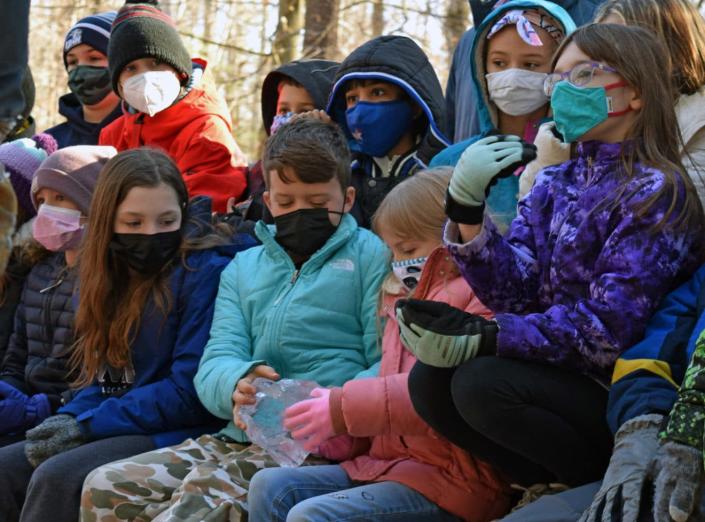
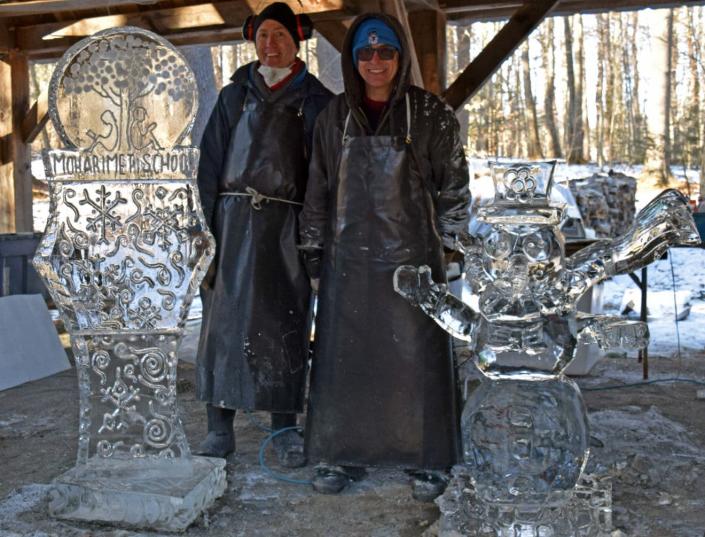
DURHAM – Superintendent James Morse and Principal David Goldsmith welcomed local ice sculptors to the Moharimet Elementary School to demonstrate their art for students as part of the school’s enrichment program.
Sculptors Dennis Hickey and Dave Soha of Ice Breakers, a Manchester-based company that has made sculptures since 1997, crafted a Moharimet Elementary logo and a snowman out of large blocks of ice as classes from the school took turns observing them in the school’s Sugar Shack, located in the woods not far from the school.
Each year at Moharimet Elementary includes a year-long focus on an enrichment topic. This year is the Year of the Artist. The school changes topics each year, and past topics have included the Year of the Farmer, the Year of the Forest and the Year of Diversity.
The annual enrichment program seeks to give students opportunities for experiential learning that will engage them in hands-on activities focused on a specific topic.
“The enrichment program is one of the things that makes students’ five years here very special,” said Principal Goldsmith. “They get to experience five wide-ranging themes that they learn about throughout their time here, and they remember those experiences.”
Hickey and Soha used chainsaws, chisels, heated metal plates, drills, sanders, and even a blow torch to shape and design the sculptures from blocks of ice.
Students in grades K-4 observed the creation in 20-minute intervals with their classes and teachers, asking questions, and checking out some of the tools employed by the artists.
The program lived up to the Oyster River Cooperative School District’s mission of “Working Together To Engage Every Learner,” with Hickey and Soha using a heated metal plate to fuse small pieces of ice together, and then challenging students to pull them apart.
Even Principal Goldsmith engaged in the action, trying with all his might to pull apart two blocks of ice.
Students were particularly impressed when the artists demonstrated how they use a blowtorch to melt the surface of the ice sculptures, making the ice nearly crystal clear after shaping and carving it.
“That’s really cool,” exclaimed a student as the artists heated the snowman sculpture.
The sculptors surprised both students and staff when a student asked how they got into ice carving, and both men reported being chefs. Hickey and Soha said they both learned to carve ice as a result of their work in the culinary arts, which often includes making ice sculptures.
A fourth-grader, Caroline, said she really enjoyed the demonstration because she likes the way art enables you to design different things, add little details, and make a larger creation.
Another fourth-grader, Antonio, said he enjoyed the demonstration, and likes art in general because of the way it enables someone to create something extraordinary out of ordinary things.
“I really like it because they just took this big block of ice and they made it into a creation. It’s very cool what they make of it and how it turns out,” Antonio said. “I like painting and stuff like this — using nature and making art with it.”
The Year of the Artist launched in September with an overview of what art is. In October students focused on community art, and each student made their own feather with paper and colored pencils, with all of the feathers later being added to a bulletin board to make a large set of wings.
In November, students focused on how art can impact change in the community and the world. In December, students focused on book making, with each student making their own book that they will now use throughout the spring.
To learn more about Ice Breakers visit http://icebreakersnh.com/about-us/.
Spaulding High School hosts blood drive for students and staff
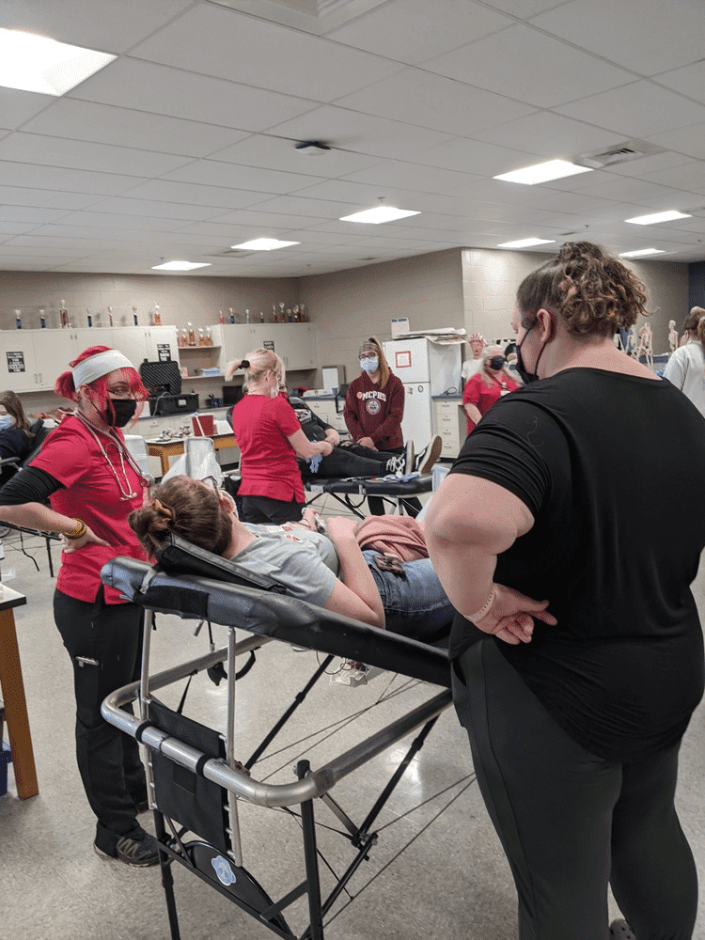
ROCHESTER — Superintendent Kyle Repucci shared that Spaulding High School hosted a successful blood drive late last month.
On Wednesday, Jan. 19, students in the school’s Health Science Technology program worked with the American Red Cross to host a blood drive, with students in the program shadowing and observing as professionals drew blood — and supporting their classmates who donated.
In all, 40 students and five staff members donated blood, netting 23 pints of blood that will be used to help patients in need.
“This was a great opportunity for our whole school community, both for the students who are aspiring to work in the healthcare field and for those who donated blood that will hopefully help fill a critical need,” said Michele Halligan-Foley, Director of Career Technology Education at the R.W. Creteau Technology Center at Spaulding.
UNH receives over $3 Million for multi-state coastal restoration and resilience program
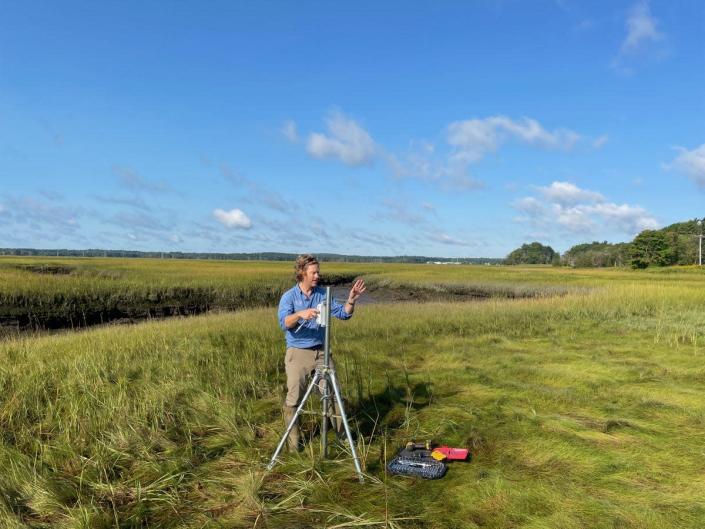
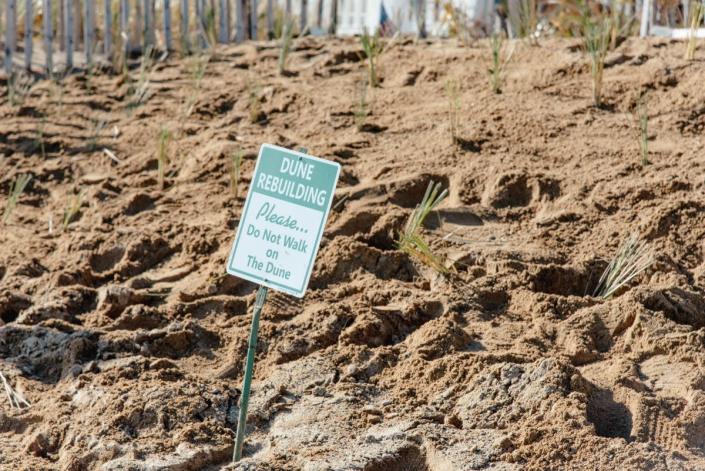
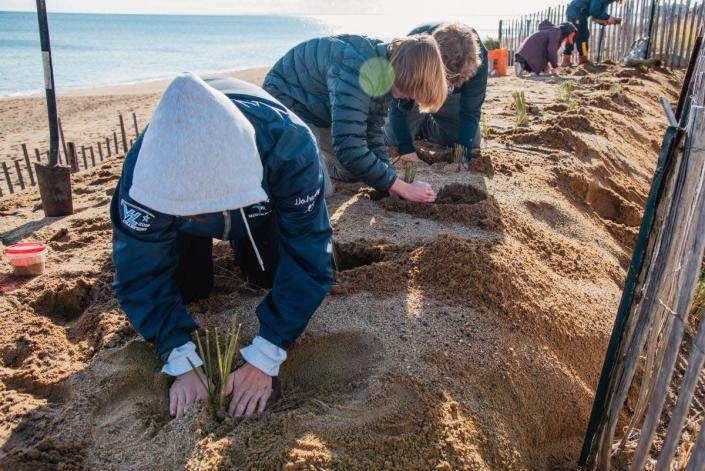
DURHAM — Researchers at the University of New Hampshire have received $3.1 million from the National Fish and Wildlife Foundation for an innovative project to pair marsh restoration and resilience efforts in the Hampton-Seabrook Estuary with dune stabilization measures from northern Massachusetts to southern New Hampshire. These endeavors are aimed at protecting the Great Marsh which ecologically extends across the two states. The project will use a variety of restoration techniques coupled with the latest technology, like drone-based modelling, and will involve stakeholders, community volunteers and K-12 students to participate in creating solutions to stabilize and manage these fragile ecosystems.
“The Great Marsh is a dynamic watershed system that serves as the primary coastal resilience landform protecting homes, businesses, infrastructure and the invaluable resources of the estuary,” said Gregg Moore, associate professor of biological sciences and principal investigator. “Great Marsh exists because of the fragile dunes and now these coastal habitats are in peril from threats like sea-level rise, coastal storms and other pressures, and we feel management plans shouldn’t stop at state borders.”
The researchers, and their partners, have been developing approaches to help bolster the resilience of the broader Great Marsh for over 15 years. This project will build on that experience by reaching across state borders to develop a mutual cooperation to stabilize 10 miles of dunes and benefit over 1,000 acres of salt marsh through restoration actions that help maintain vital habitat for threatened species, including piping plover and salt marsh sparrow. In addition, they will initiate a pilot sediment placement project in the nearby Great Bay Estuary to gauge if it can make a difference in rescuing areas of the marsh designated as “drowning” – when marsh growth is outpaced by sea level rise. Along with these three restoration and resilience approaches, researchers plan to also incorporate an engaged scholarship component, recruit over 750 volunteers including students, teachers, community members and project partners, as well as creating a dune and marsh monitoring network for affected communities, stakeholders and resource users to guide adaptation activities for present and future climate scenarios.
The Great Marsh is the longest, continuous saltmarsh estuary in New England extending from Cape Ann in MA northward to Hampton, NH. It includes over 20,000 acres consisting of a network of tidal rivers, tributaries and coastal wetlands formed behind the dune and sandy barrier beach system that protects it to this day. Its vast landscape provides a vital habitat for threatened plants and animals and serves as an important protectant.
David Burdick, research associate professor, and Alyson Eberhardt, extension specialist at UNH Cooperative Extension and NH Sea Grant, will serve as co-principal investigators.
State and community partners will include the NH Department of Environmental Services, Climate Adaptation Workgroup, Seabrook-Hampton Estuary Alliance, Hampton-Seabrook Collaboration, Piscataqua Region Estuary Partnership, National Wildlife Federation, Merrimack Valley Planning Commission, Merrimack River Beach Alliance, Plum Island Taxpayers Association, Massachusetts Department of Conservation and Recreation, and Conservation Commissions in the coastal municipalities of Newbury, Newburyport, Salisbury, Seabrook, Hampton, Essex and Ipswich.
This article originally appeared on Portsmouth Herald: Portsmouth community scholarships, Spaulding blood drive: Seacoast education news





